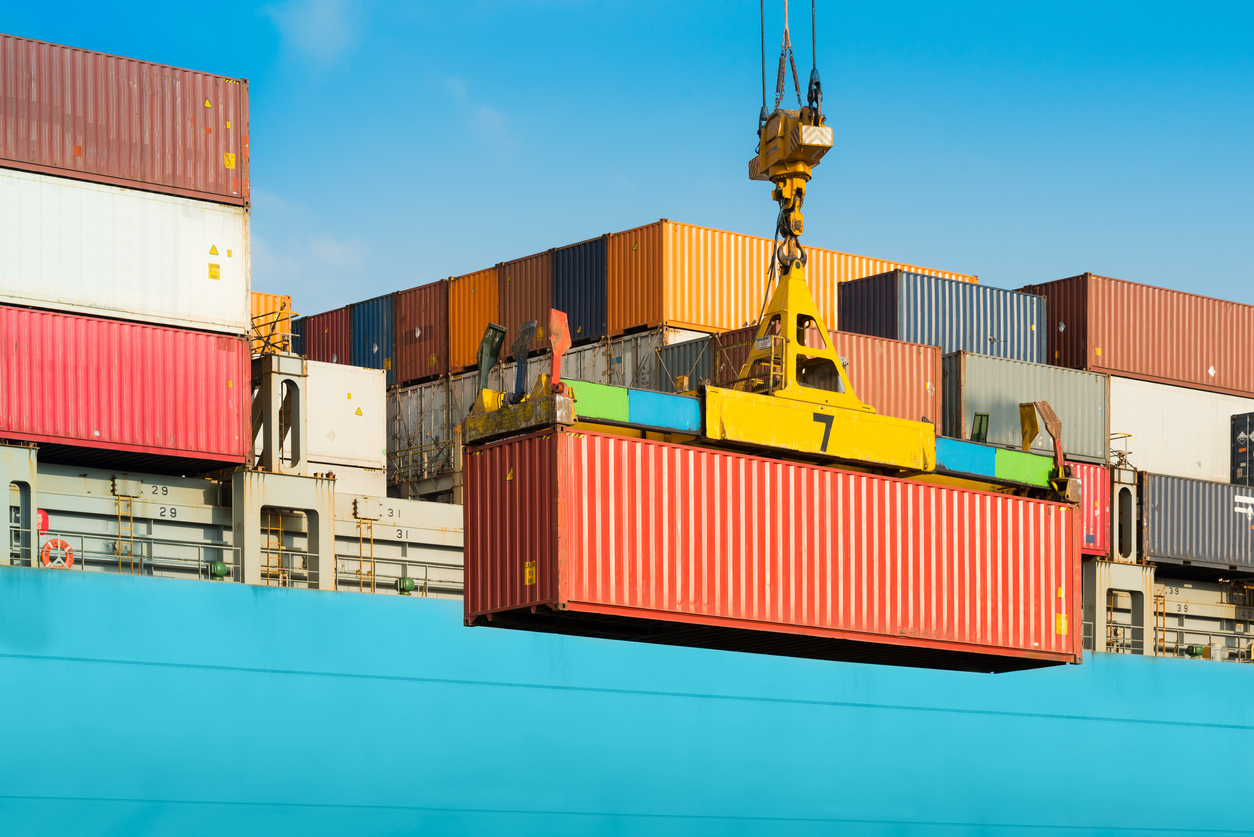
Commercial Marine Shipping Safety for Loading and Unloading
February 10, 2021
In the commercial marine shipping industry, loading and unloading operations present some of the greatest safety challenges seafarers will face. Heavy cargo containers and equipment used to perform these vital shipping tasks can be hazardous, particularly if safety-oriented practices are not followed. While commercial marine insurance offers protection against injury, property damage, and loss, risk management is enhanced by understanding cargo safety. In this guide, we will explore best practices for safe loading and unloading operations in the maritime industry.
Common Risks in Loading/Unloading Operations
In 2016, a partnership between the Institution of Occupational Safety and Health and the International Transport Workers’ Federation commissioned a safety study of the port industry. The study was conducted by researchers at Cardiff University. As the first international study of its kind, researchers pinpointed the following common risks in cargo handling operations:
- Slip and fall injuries
- Crushing injuries
- Under-reporting of injury incidents
- Lack of access to personal protective equipment (PPE)
- Equipment failures
- Failure to adequately inspect for workplace hazards and to mitigate those hazards
Port operations are some of the riskiest occupations, with thousands of injuries reported each year by dock and port workers around the globe. Commercial marine insurance policies offer some level of protection against these incidents, but more must be done to implement safety-oriented practices at all levels in cargo handling operations.
Safe Practices for Cargo Loading and Unloading Operations
Port facility managers and ship owners have a duty to provide safe workplaces for the thousands of individuals that perform cargo handling operations. Safety begins at the top of the organizational chain; managers must have a clear understanding of safety-oriented practices in order to better protect their valuable employees both on shore and aboard container ships. Implementing safety not only protects workers, but it can also help to manage claims against commercial marine insurance policies, ultimately reducing both inefficiency and overhead expenses.
The first step in developing safe cargo loading/unloading operations is to identify existing risks and to set safety goals. It is a good practice to include cargo workers in this identification process, as they may have insights into workplace hazards or concerns that managers do not. By setting goals, stakeholders can work toward concrete solutions designed to meet or exceed established milestones.
Cargo handling equipment is a critical piece of the safety puzzle. Having the right equipment for the job is only one part of operations; that equipment must also be safe to use and be in adequate condition to prevent injuries. Sharp edges, frayed wire cables, or inoperative components represent a health and safety risk to operators; failure of this cargo handling equipment can result in severe injury or death. Port managers and workers must inspect equipment on a regular basis. During inspections, equipment that is no longer serviceable or does not meet current OSHA safety regulations must be replaced to ensure operator safety.
As a means of risk management that supports the protection of commercial marine insurance, appointing cargo watch personnel can alert others to potential hazards before they can cause injury. Deck watches, coupled with dockside personnel, must be given the ability to communicate any hazards with workers, and must have a robust reporting tool for any incidents that cause damage or injury.
Finally, adequate access to PPE is important for worker safety. In cargo handling operations, PPE may consist of:
- Hard hats
- Protective footwear
- Insulated or waterproof coveralls
- Gloves
- Respirators for work in enclosed cargo spaces
- Reflective/brightly-colored safety vests
PPE, along with worker safety training conducted on a regular basis, can greatly reduce the chances of injury. With safe cargo handling practices in place, ports and shippers are better prepared to weather any challenges they face. This risk management strategy – which includes commercial marine insurance – results in a safer, more efficient, and more cost-effective operation.
About Merrimac Marine Insurance
At Merrimac Marine, we are dedicated to providing insurance for the marine industry to protect your clients’ business and assets. For more information about our products and programs, contact our specialists today at (800) 681-1998.
